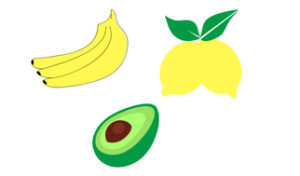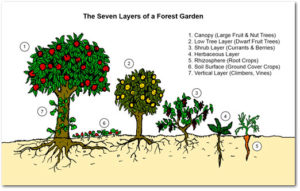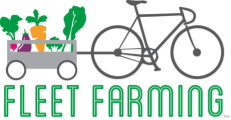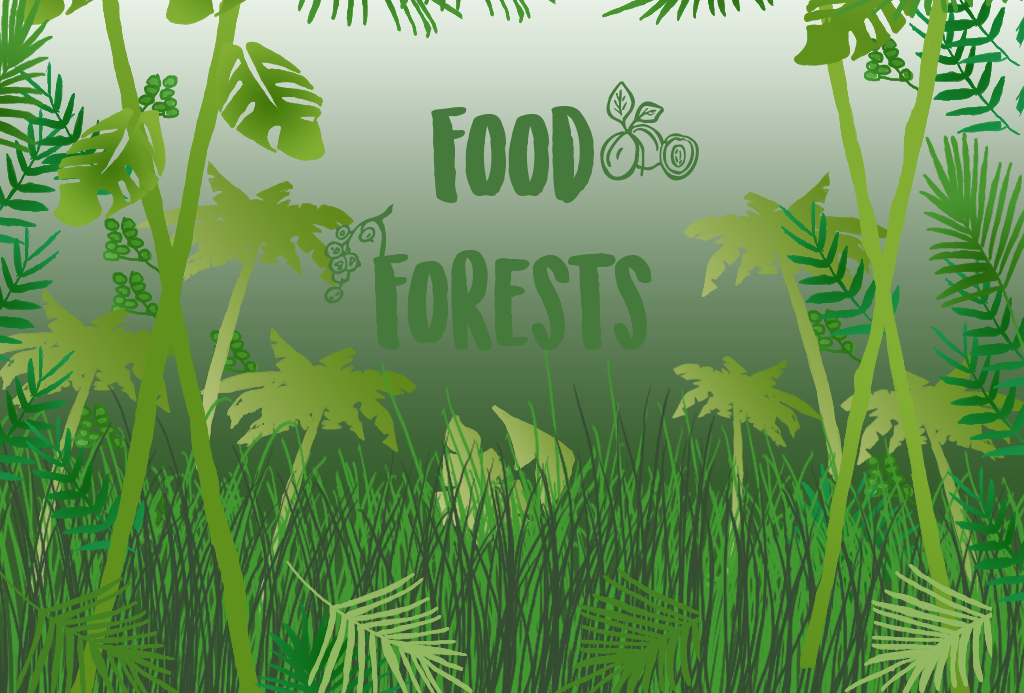Happy Pollinator Week!
To conclude this awesome week, today’s blog is dedicated to food forests, which benefit, birds, bees, bats, butterflies, and YOU! What is a food forest you ask? Food forests are a facet of permaculture, meant to imitate a self-sustaining natural eco-system, creating a biologically diverse environment. Do you ever grow tired of constantly having to mow your lawn every week during summer? Installing a food forest would greatly decrease the time you spend maintaining your lawn, and they can also create natural fencing around your yard. Food forests provide environmentally and economically sustainable food sourcing with very little maintenance, creating more awareness of seasonal and native vegetables, fruits, and nuts. 
The idea of turning your lawn into a tropical habitat may seem daunting, but it’s a very straightforward process. Planning and installation is very simple and there is no right or wrong way! There are two basic two ways to create a food forest, either randomly planting seeds throughout your yard or mapping out areas for cultivation. We simply place mulch about 4 inches deep throughout your yard and cardboard where you want a pathway. We suggest you plant away from your home, designate areas for food, an area for pollinators , and also choose an area dedicated for leisure. We also suggest when planting trees, keep in mind of the lighting needs of other plants. Fleet Farming even offers the optional service of installing an irrigation system around the areas where food grows. When installed the food forest can provide long-term crops, transforming your yard into an edible landscape! 
The yield can be very high and the setup of these landscapes use the maximum potential of space, light, climate, and the animals whom reside in the forest. Viable subtropical fruits and vegetables include bananas, mangoes, avocados, perennial spinach, oranges, lemons, passion fruit, grapefruit, lemongrass, papaya, peppers, ginger, sweet potatoes, fig tree, lime tree, aloe, pecans, peanuts, and many more! The environment reaps the benefits because there is no need for herbicide, weeding, or harmful pesticides because of the balancing presence of pollinators.
Pollinators greatly benefit and what helps them helps you! 80% of the pollination of fruits, vegetables and seed crops in the U.S. is accomplished by honeybees. Food Forests create flourishing habitats for animals, especially, pollinators who are slowly disappearing because of lack of habitat. Native pollinator flowers also flourish in food forest such as black eyed susans, native milkweed, honeysuckle, passion flower, mimosa, dune flower, and many more. For example, native milkweed is great for monarch butterflies and bees love honeysuckle! With the addition of these to your food forest the habitat will flourish, producing more food because of the concentrated pollination as well. For more tips and tricks for making your yard more pollinator friendly click here!
If you are asking yourself the question of what can I do to change the cycle of food and help the pollinators, you can get involved in many ways! You can have a food forest installed, volunteer here at Fleet Farming, or simply support us at the Audubon, Parramore, and Lake Eola Farmers Markets. Another great resource is Orlando Permaculture, check their website for more information about food forests. Your body, community, environment, and especially the pollinators will thank you!
Sources: goldenblossomhoney.com, permaculturenews.org, smithsonianmag.com
regenerative.com/magazine, terramadresa.com

